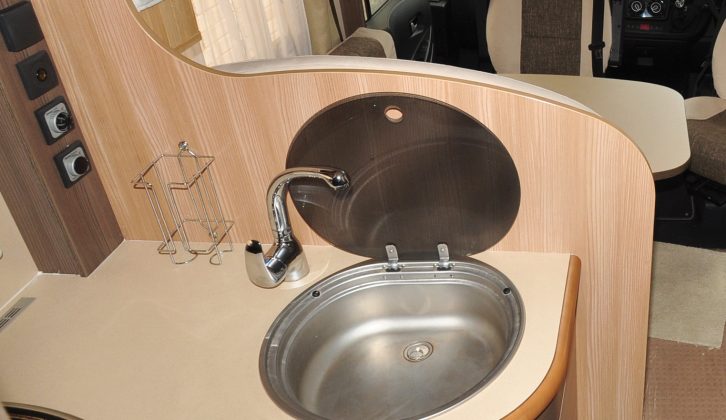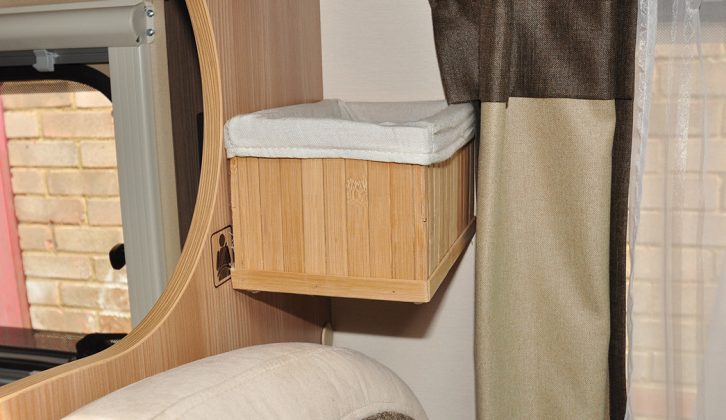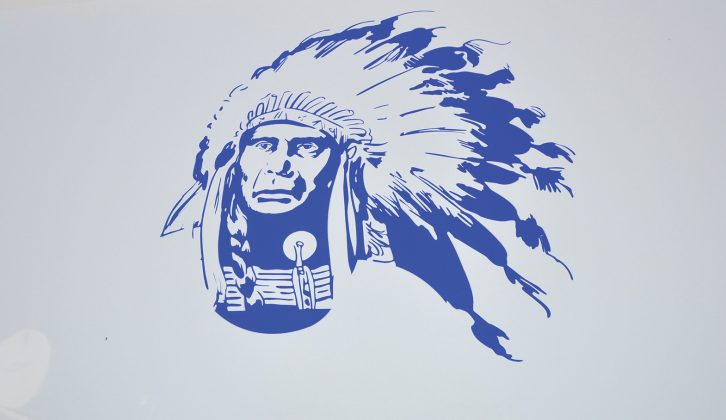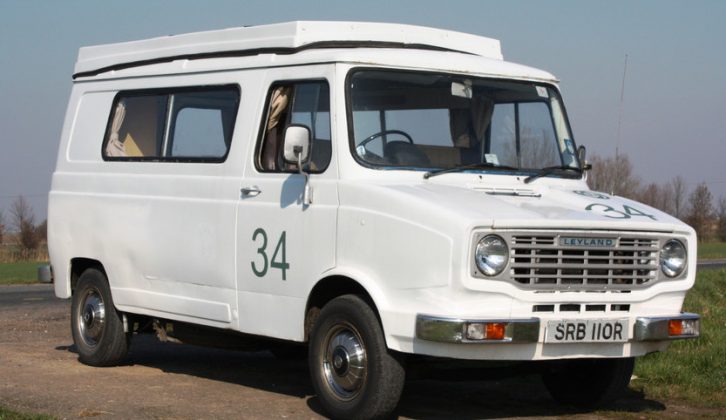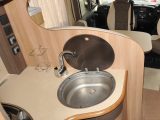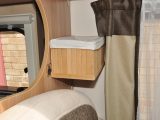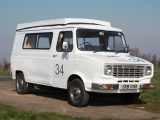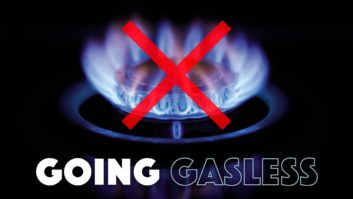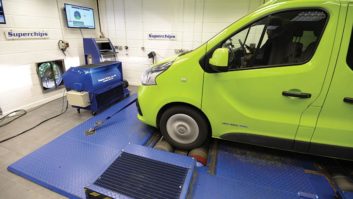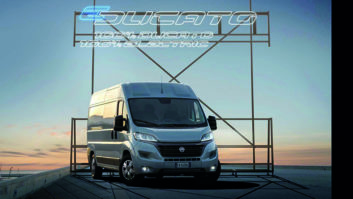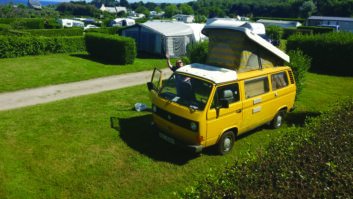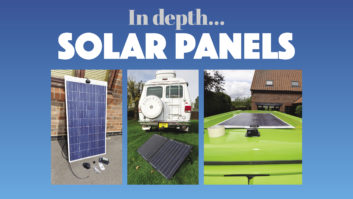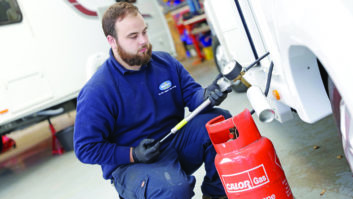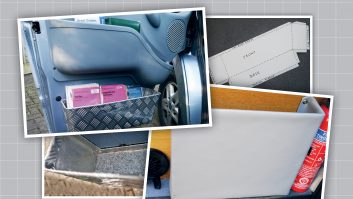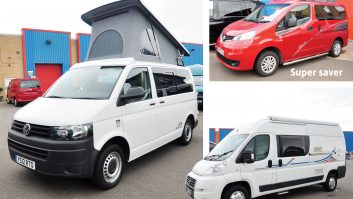There’s something about a motorhome that seems to inspire the love of DIY in us all – from adding a shelf to building your own ’van from scratch, leaving your personal mark on a vehicle is a really satisfying and tempting thing to do. But you should always proceed with caution: if you’re not careful, you could create something that at best will put future owners off, and at worst could be dangerous. So, what are the pros and cons of implementing a spot of DIY on your ’van?
‘DIY’ – three letters that strike fear into the hearts of many people. Others rejoice in their ability to do it for themselves, whether ‘it’ is making their own wine, decorating their house or building their own ’van. Doing it yourself can be rewarding, especially if your project involves learning and mastering new skills.
I have seen many wonderful homemade van conversions with high-quality woodwork. I’ve also seen some pretty poor attempts.
Are you an electrician, plumber or woodworker?
Converting a van into a motorhome is, in many ways, a lot like building a house – it just happens to have a wheel at each corner. You need to be a competent carpenter, electrician, plumber and designer for a start. The design, of course, is where you begin, but it is dependent on your chosen base vehicle; this is closely followed by the facilities you feel you need. Some people will be happy with a basic conversion, which simply provides somewhere to eat, sleep and wash, while others will want all mod-cons including a full shower room, kitchen facilities to rival those of the Ritz, and central heating.
From a mobile hotel suite to a bed on wheels
The first – and possibly most important – thing to realise about motorhomes is they’re all a compromise. Some offer all the living space and facilities you could want, but you’re limited in where you can take them because of their size. On the other hand, a micro-camper is, in effect, a mobile bedroom with tea-making facilities, but you can drive it almost anywhere.
Once you’ve established your base vehicle (and budget), and your list of required facilities, it’s time to work out how you can fit that full kitchen, king-sized bed, bathroom and 42-inch HDTV into a Citroën Berlingo. Compromise is the answer.
The good, the bad, the scary
Over the years I’ve seen lots of DIY work on motorhomes, from a simple shelf to full conversions. Some have been fantastic, while others have been terrible to the point of being dangerous in the extreme.
A good example of the latter would be the Iveco Daily-based camper I saw several years ago. The carpentry standard was very low, with the furniture appearing to be made from old pallets. The gas and electric systems were terrifying, with a 15kg butane cylinder in the large, under-bed storage area, secured by a very tired bungee.
The pipework was entirely made of rubber hose, but a lot of the joints didn’t have securing clips on them, while the three-way fridge wasn’t vented externally – not even the flue gases were vented to outside the ’van.
The electrics consisted of an unrestrained old truck battery next to the gas bottle, and connected to the various circuits by little more than bell wire, with not a single fuse in sight. It was a real-life disaster waiting to happen.
A few years ago, when Practical Motorhome’s Gentleman Jack took on an old Sherpa as his ‘Project Peanuts’ ‘van about motorcaravanning for less than £2000, he found that he’d inherited similar DIY disasters.
Sub-contract the tasks you can’t do
Thankfully, many home converters take note of the various standards required for gas and electrical installations, and some have built well-crafted home conversions that could put some professionals to shame. I’ve also helped a number of home converters who didn’t have the skills, knowledge or confidence to do their own electrics and gas – they simply sub-contracted the work to me.
And, of course, ‘DIY’ also includes adding a personal touch to your commercially built motorhome. Probably the most common DIY additions are a shelf and a kitchen worktop-extension flap. Practical Motorhome‘s John Wickersham recently discussed how to upgrade your motorhome’s lighting, too.
Such modifications can certainly make your motorhome easier to use, but before you add things, consider how they might affect the resale value.
Done properly, these ‘improvements’ can add to the value by making the motorhome more useable, but I’ve seen some poor-quality additions using cheap materials that can only reduce a ’van’s appeal.
A keen motorcaravanner, Practical Motorhome’s technical expert Diamond Dave runs his own leisure vehicle workshop. Find out more at Dave Newell Leisure Vehicle Services.
Some have built well-crafted home conversions that could put some professionals to shame
